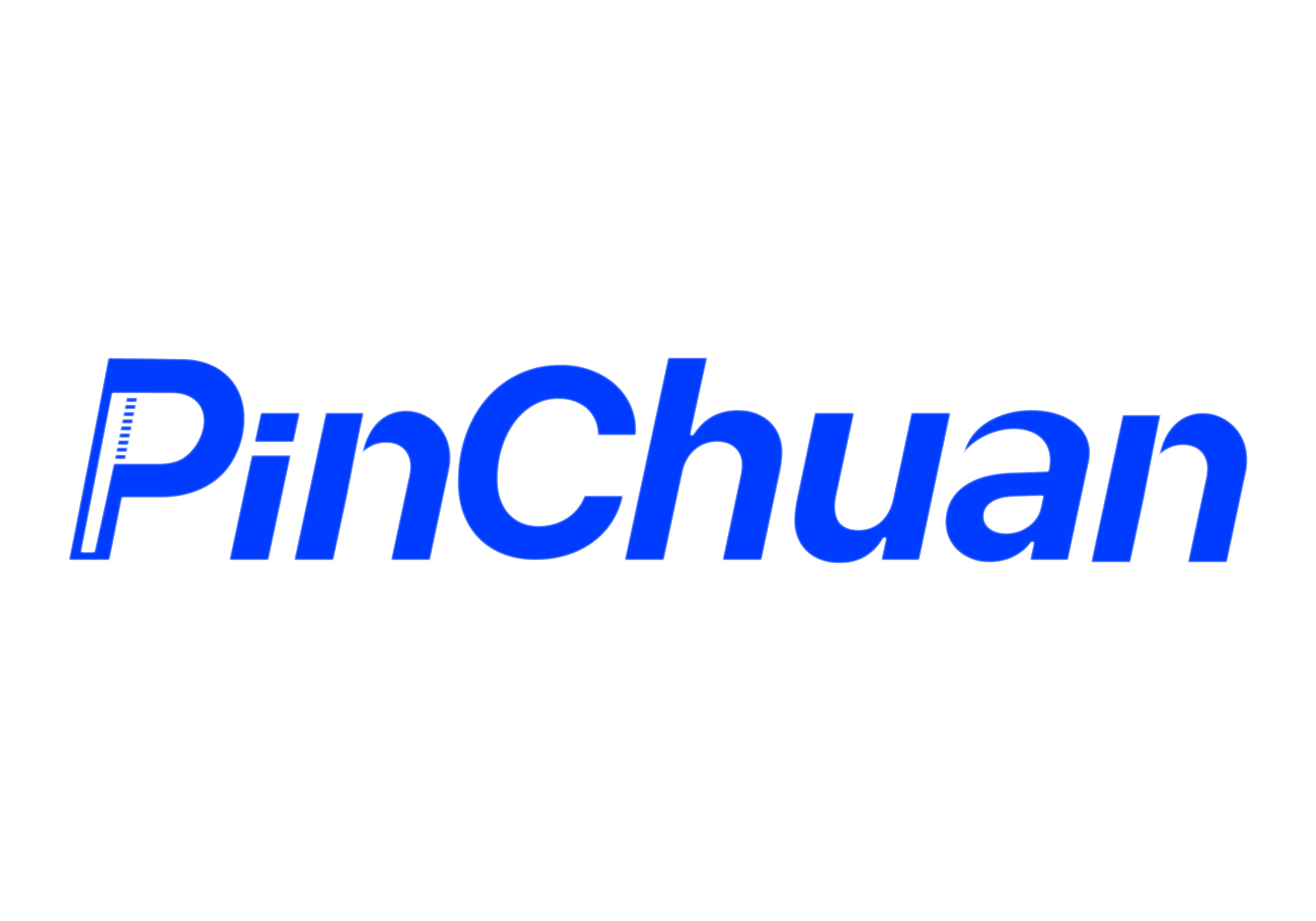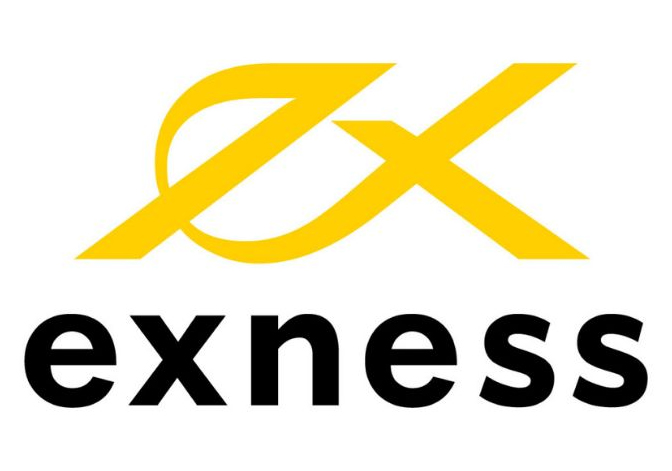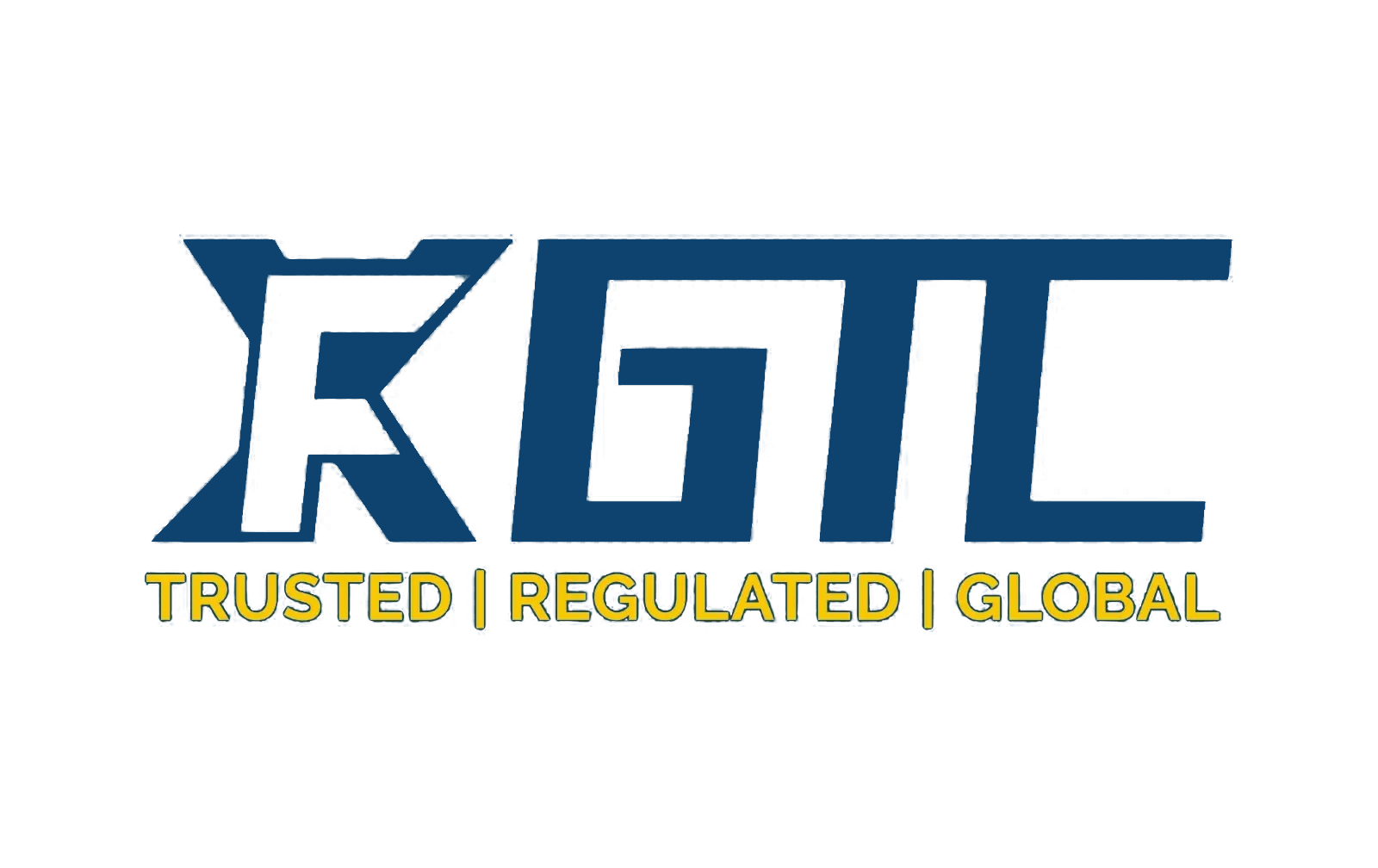SEO
A data-driven SEO strategy that ensures every keyword is worth it.
In today's fiercely competitive digital marketing environment, data-driven SEO strategies have become the key to brand differentiation. By conducting in-depth analysis of user behavior and search trends, enterprises can accurately target their audience and develop more efficient optimization plans. The data-driven approach not only helps us understand the actual needs of users, but also provides scientific basis for content creation, ensuring that every article meets the expectations of both search engines and users.
Data driven: Unlocking the Core Password for SEO
.jpg)
Data driven is the cornerstone of modern SEO strategies. By analyzing key indicators such as website traffic, user stay time, and bounce rate, we can identify potential problems and opportunities. For example, which pages attract the most organic traffic? Which keywords bring the highest conversion rate? The answers to these questions can be obtained through data analysis, guiding us to make informed decisions in content optimization.
Accurate keywords: make every click more valuable
Keyword optimization is one of the core components of SEO. However, simply selecting high search volume keywords is no longer sufficient to meet current needs. We need to combine long tail keywords and semantic relevance to uncover high potential words that have been overlooked by competitors. Through tools such as Google Keyword Planner or Ahrefs, we can find keywords that align with user intent and have lower competitiveness, thereby achieving higher return on investment.
Content creation: User centered optimization approach
High quality content is always the key to SEO success. However, under a data-driven strategy, content creation is no longer solely based on intuition. On the contrary, we can customize more attractive content themes by analyzing users' search habits and interests. For example, if the data shows that a certain type of tutorial article has a high interaction rate, we can prioritize producing similar content and naturally incorporate target keywords into it, thereby improving search engine rankings.
Search engine ranking: closed-loop optimization from data to results
Ultimately, all SEO efforts need to be validated through search engine rankings. Regularly monitoring changes in rankings and traffic sources can help us adjust our strategies in a timely manner. For example, if the ranking of certain keywords drops, we can regain our advantage by increasing internal links, optimizing meta tags, or updating content. Meanwhile, continuously monitoring industry trends and technological updates can also ensure that our strategy remains ahead of the curve.
In summary, data-driven SEO strategy is not only a methodology, but also a way of thinking. It requires us to use data as the basis, user as the core, and continuously optimize every detail. Only in this way can we truly achieve the goal of "making every keyword worth more" and bring sustainable growth and success to the enterprise.
Previous:Do search engine algorithms update frequently? We have a way
Next:Customized development of independent websites+SEO optimizat
98%的人继续阅读我们的案例
任何行业使用的SEO策略与技术都是相通的,行动就会有结果
每一位客人的需求不同、所展现的成果也不同,案例供参考

President Business School, access to deepseek, ERNIE Bot, Doubao AI, Alibaba Clo
Capgemini Ernest & Young brand optimization gets brand logo hintsThe company has
Our product transfer company completely obtains customers through SEO. A website
Global Financial Center (affiliated to Pinchuan Company, has applied for a trade
Due to privacy concerns, some content is hidden.Futures company Google ranking c
Due to privacy concerns, some content is hidden.A large financial company and pr
Google SEO Case - It took less than 1 day to rank for customer-specified keyword
On November 17, 2021, our company reached a cooperation with Guishitang (Changsh
On April 23, 2019, Mr. Zhang Zehua, an SEO expert of Pinchuan Company, was invit
On February 14, 2015, the Social Practice and Science and Technology Innovation
Famous University Professor Entrepreneurship Project - Independent Station and S
Business School Admissions Case













